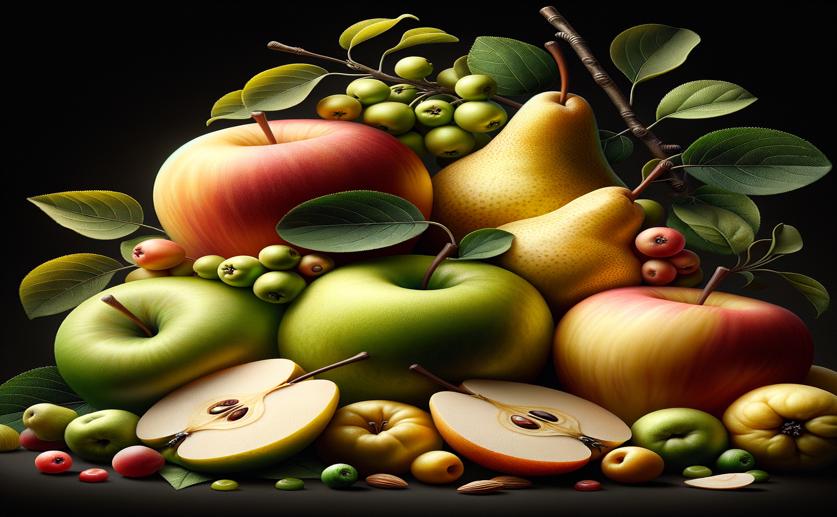
Tracking Element Build-Up in Apple, Pear, and Quince Fruits
Jim Crocker
16th May, 2024

Image Source: Natural Science News, 2024
Key Findings
- The study by King Saud University analyzed the mineral content in the peel, pulp, and seeds of apples, pears, and quinces
- Seeds generally had the highest concentrations of calcium, potassium, and zinc, making them nutritionally valuable
- Pulp had the highest potassium levels in pears and quinces, while quince peels had the highest iron content
References
Main Study
1) The Monitoring of Accumulations of Elements in Apple, Pear, and Quince Fruit Parts
Published 15th May, 2024
https://doi.org/10.1007/s12011-024-04223-3
Related Studies
2) Elemental composition of edible nuts: fast optimization and validation procedure of an ICP-OES method.
3) The effect of traditional and improved solar drying methods on the sensory quality and nutritional composition of fruits: A case of mangoes and pineapples.



 10th May, 2024 | Greg Howard
10th May, 2024 | Greg Howard